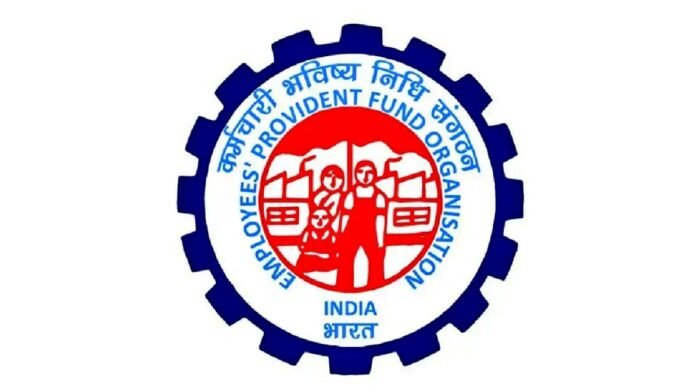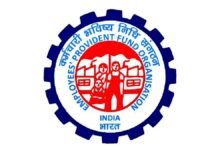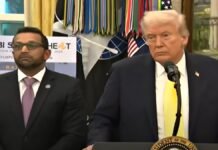
Key Points
- EPFO clarifies employees can withdraw up to 75% of their PF immediately after leaving a job, remaining 25% after one year of unemployment.
- Pension withdrawal timeline extended from 2 months to 36 months to protect pension continuity and social security.
- Withdrawals now simplified into three categories: Essential Needs, Housing Needs, and Special Circumstances, merging previous 13 types.
- Minimum balance of 25% must remain in PF account to continue earning interest and build retirement corpus.
- Withdrawals for education, illness, marriage, housing now more flexible, with increased frequency and eased documentation.
- New rules aim to balance fund accessibility with long-term social security for millions of workers.
New Delhi: The Employees’ Provident Fund Organisation (EPFO) has cleared confusion around the withdrawal rules for Provident Fund (PF) accounts, especially addressing the needs of employees who leave their jobs to start new ventures or face unemployment. The clarification, announced on Wednesday, brings welcome relief by allowing members to withdraw 75% of their PF balance immediately after leaving their employment, with the remaining 25% accessible only after one year of continuous unemployment.
This clarification comes in the wake of misleading reports suggesting that full withdrawal would be allowed only after 12 months of leaving the job. EPFO firmly dismissed these claims, emphasizing that immediate partial withdrawal is allowed, but pension fund withdrawal timelines have been extended to safeguard social security.
Under the revised rules, the withdrawal period from the Employees’ Pension Scheme (EPS) has increased significantly, from the earlier 2 months to 36 months. This extension ensures employees maintain continuity of service, enabling them to fulfill the minimum 10 years required for pension eligibility. Earlier frequent withdrawals led to breakup of service duration, depriving many of rightful pension benefits.
Additionally, EPFO has harmonized 13 different withdrawal categories into three broad groups: Essential Needs (covering illness, education, and marriage), Housing Needs, and Special Circumstances. This simplification aims to make withdrawals easier and faster, often bypassing excessive documentation and allowing automatic claim settlements through its digital EPFO 3.0 platform.
Members must retain at least 25% of their PF balance in their accounts at all times to continue earning the assured 8.25% interest rate, ensuring the retirement corpus continues growing safely. Moreover, withdrawals related to education and marriage have become more flexible, permitting up to 10 withdrawals for education and 5 for marriage during membership, against previous, lesser limits. Similarly, PF withdrawals for housing purposes can be made at one-year intervals as opposed to the prior 5-7 year gap.
Union Labor Minister Dr. Mansukh Mandaviya hailed these reforms, stating on social media that they will help secure the social welfare and financial stability of millions of employees by curbing premature withdrawals and boosting long-term benefits.






































